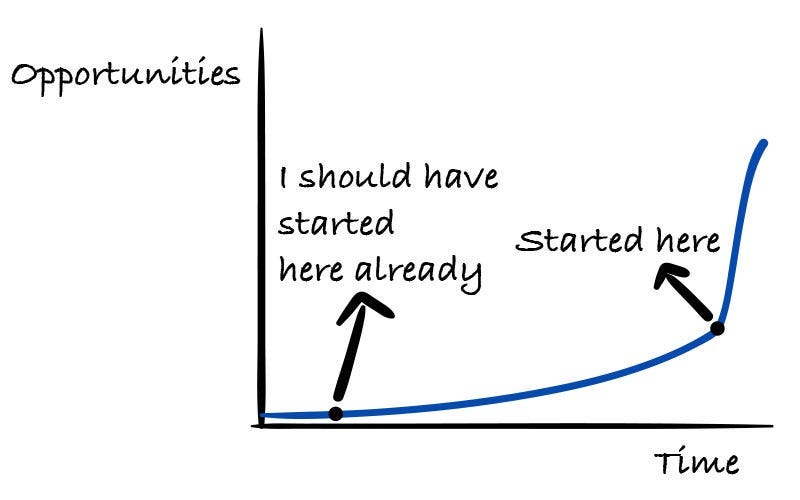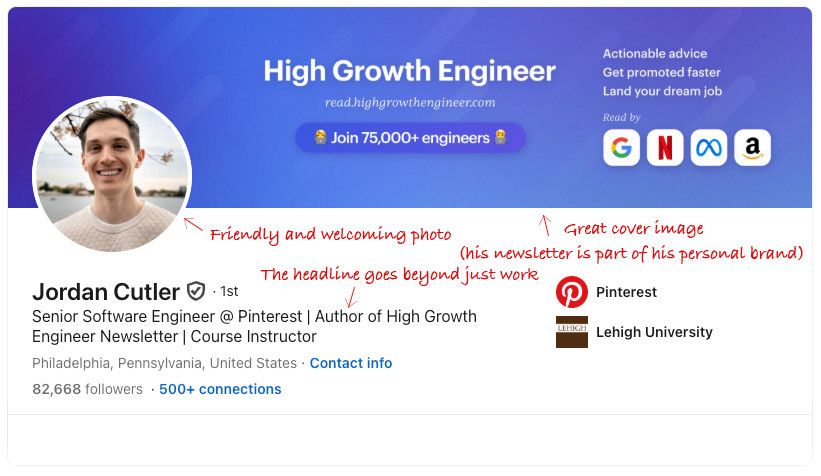LinkedIn guide for engineers and managers
Use this guide to enhance your credibility and increase opportunities!
Intro
People who benefit from the current market in the engineering industry are the ones with a strong personal brand. Opportunities are scarce and layoffs are quite common among companies.
The only way to succeed and future-proof yourself is to focus on:
building the right set of skills,
enhancing your credibility and network,
increasing your visibility.
And a great way to do that is through LinkedIn.
I am happy to team up with my friend
, a personal branding coach and mentor, multiple-founder of companies across his career and a fellow Slovene.We have known each other for quite a while now and we successfully finished more than 50 projects together + he was one of the first people to who I shared my aspirations with LinkedIn and this newsletter, more than 2 years ago.
He confirmed that I am on the right track and I couldn’t be happier with how things are progressing!
Let’s get straight into it, Damjan over to you!
The importance of a personal brand
A personal brand is a unique combination of skills, experiences, and personality.
It’s how you present yourself to the world and differentiate from others. It’s a set of perceptions that other people create about you.
This is important to keep in mind:
Your brand is what other people say about you when you're not in the room.
— Jeff Bezos
A strong personal brand can lead to greater visibility, career opportunities, and professional credibility.
Here are the benefits:
Visibility → Stand out in a crowded job market.
Credibility → Establish yourself as a thought leader in your industry.
Opportunities → The better the personal brand, the more opportunities there will be.
Networking → It’s much easier to network when you focus on your personal brand.
You can read more here: The importance of personal branding in the engineering industry (paid article).
Why LinkedIn?
LinkedIn has evolved beyond a job-seeking platform. It’s an amazing tool for professional growth, networking, and knowledge sharing.
The platform offers an opportunity to showcase expertise, connect with other professionals, and position yourself as a thought leader in the field.
Even if you’re just starting and have never posted on LinkedIn, this guide will walk you through everything you need to know to start building your presence!
Start with setting up your LinkedIn profile for success
Think of your profile as your digital handshake. It’s often the first thing people see, so make sure that the impression is good.
A well-crafted LinkedIn profile is more than a resume, it's a personal brand statement.
Here is an example of a great LI profile →
:Guidelines:






